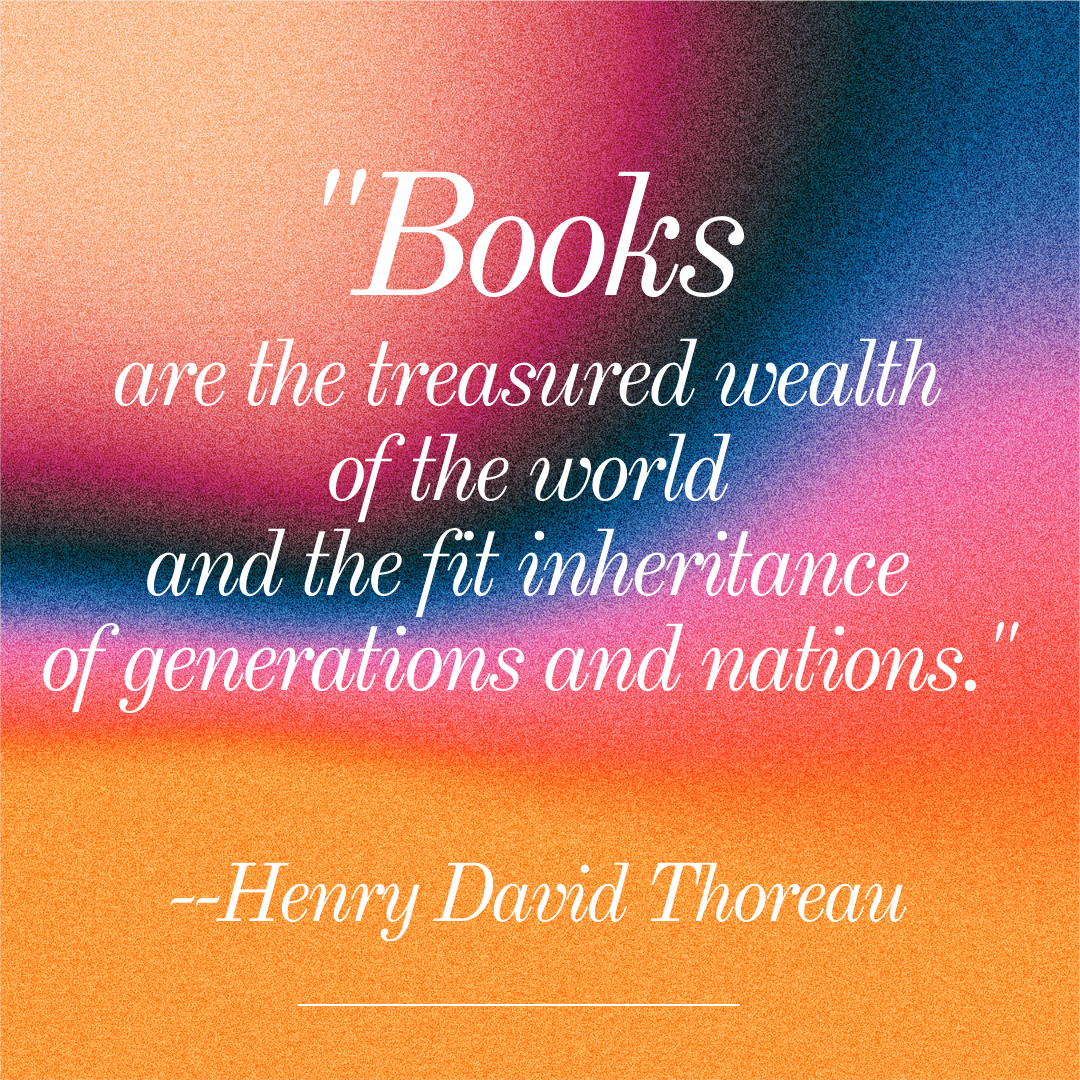Once upon a time (circa 2015), I started writing a Jane Austen fan-fiction story that over a few months turned into a novella, it was so irresistible to keep writing. Happily, it was published as an e-book a few years later by Uncial Press.
In the time-honored tradition of Romance writers, I pen-named it. Recently, I had the great joy of writing an article for The Uncial Letter about why it’s so fun to read the Regency genre.
Read my article below, and then do pop by the Uncial Press website and/or Amazon to treat yourself to some of their many fabulous books in genres as diverse as Fantasy and Science-Fiction, Westerns, Paranormal, other Historical Fiction eras, poetry, and more.
To subscribe to The Uncial Letter is also a must and easy-breezy: just send an email to uncial-letter-subscribe@googlegroups.com, and you’re all set to receive the latest book updates and many other fine articles, too.
Without further ado, I’m so pleased to announce my featured article:
“Three Reasons Regency Romance Is
a Perfect Fit for Turbulent 2022”
Enjoy plucky protagonists with minds of their own and strong convictions? Like historical times and places? Want something--anything--today to make a modicum of sense? Regency romance may just be the perfect balm for these tumultuous, wearying days of 2022. Read on!
Regency tends to be character-rich. Readers follow lords, ladies, commoners, clerics, dukes, and duchesses as they populate a British town or city and, best of all, take part in the growth experience of the protagonist. Let's talk about this protagonist for a moment. She tends to be youthful and, while a bit inexperienced, filled with hopes and ideas about how the world works. She's a young woman of conviction with goals that frequently don't pan out as easily or even in the same way as she'd hoped, especially when it comes to her experiences with love. Yet, by the tale's ending, she's realized life lessons about herself and become a more thoughtful, less selfish, more accepting person to her friends, to her family, and to her love interest.
The pleasures of escaping into another world. While I was researching my novel, Her Humble Admirer, it was a great deal of fun to enter back into a place and a time where flowers had secret meanings, from undying friendship to unrequited love to secret passions and more, based on the colors of the blooms. A world where calling cards were on everyone's desk, and ladies and gentleman who were single were only allowed to dance one dance in a row with each other, lest they raise gossipmonger's eyebrows by scandalously dancing away the evening together in public.
The mores and customs of Regency England are far different from 2022, and that's a great thing. Nobody in that era has heard of a thing called Covid nor felt worried and annoyed again because the cost of rent and groceries and gas have skyrocketed yet again this month because of inflation. Nope: readers can time travel and drop in by the fireplace for a cozy conversation (and a bit of village gossip or a reading of the latest Lord Byron poem that's the talk of the Ton) or enjoy an afternoon's carriage ride to visit a relative or the scintillating excitement of a costume ball in a fortnight. Spending time in a different era via characters and scenery is a staycation for the senses that won't cost a penny (and no jetlag!).










